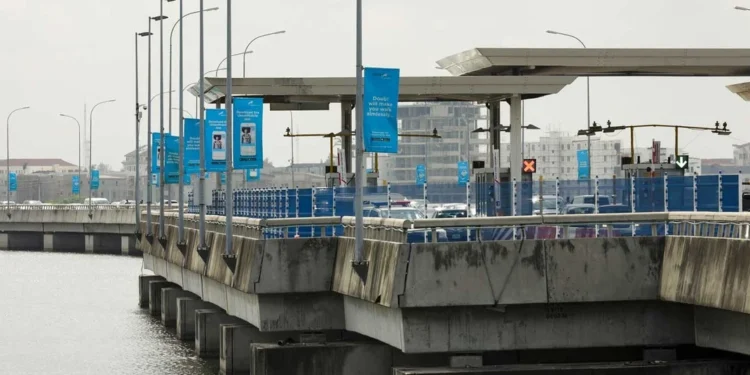The Nigerian government has unveiled its National Development Strategy 2025–2030, a roadmap aimed at doubling the size of the national economy to reach the USD 1 trillion mark and generating over 1.5 million new jobs. The initiative is underpinned by a financial package of USD 6.16 billion over the first four years, comprising USD 2.95 billion from the African Development Bank (AfDB) and an additional USD 3.21 billion in co-financing from multilateral and bilateral development partners.
Africa: The 25 financial leaders shaping the economy in 2025
The strategic program will allocate an average of USD 650 million annually to projects designed to bridge Nigeria’s structural infrastructure gap—estimated at USD 2.3 trillion between 2020 and 2043—through investments in roads, sustainable power grids, and climate-resilient water systems. The plan revolves around two central pillars: sustainable infrastructure as a driver of competitiveness, and inclusive industrialization with a focus on women, youth, and small and medium-sized enterprises (SMEs).
The productive component targets the expansion of agro-industrial value chains, improved agricultural logistics, and enhanced access to regional markets under the African Continental Free Trade Area (AfCFTA). Dedicated resources will also support financial inclusion and enterprise development programs, such as the Affirmative Finance Action for Women in Africa (AFAWA), which will channel credit and technical assistance to women entrepreneurs, while also scaling up vocational training for youth in strategic sectors.
Aligned with Nigeria’s Agenda 2050, the National Development Plan 2021–2025, and the Renewed Hope Agenda 2023, the strategy integrates environmental sustainability and climate risk mitigation. Investments in green infrastructure and natural resource management are expected to reduce the impacts of extreme weather events and territorial conflicts. Through this plan, Nigeria reinforces its position as one of Africa’s leading emerging economies, advancing a broad-based, resilient growth model.










